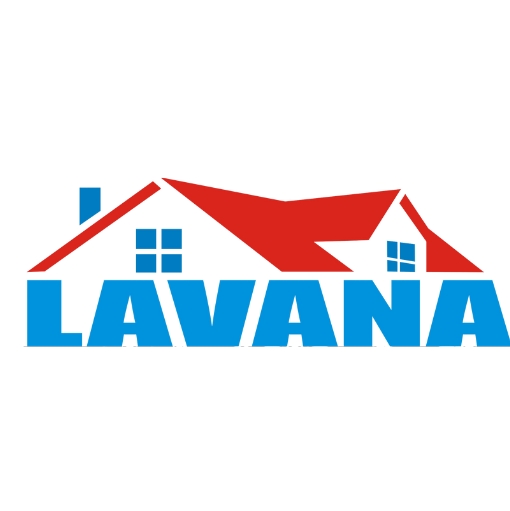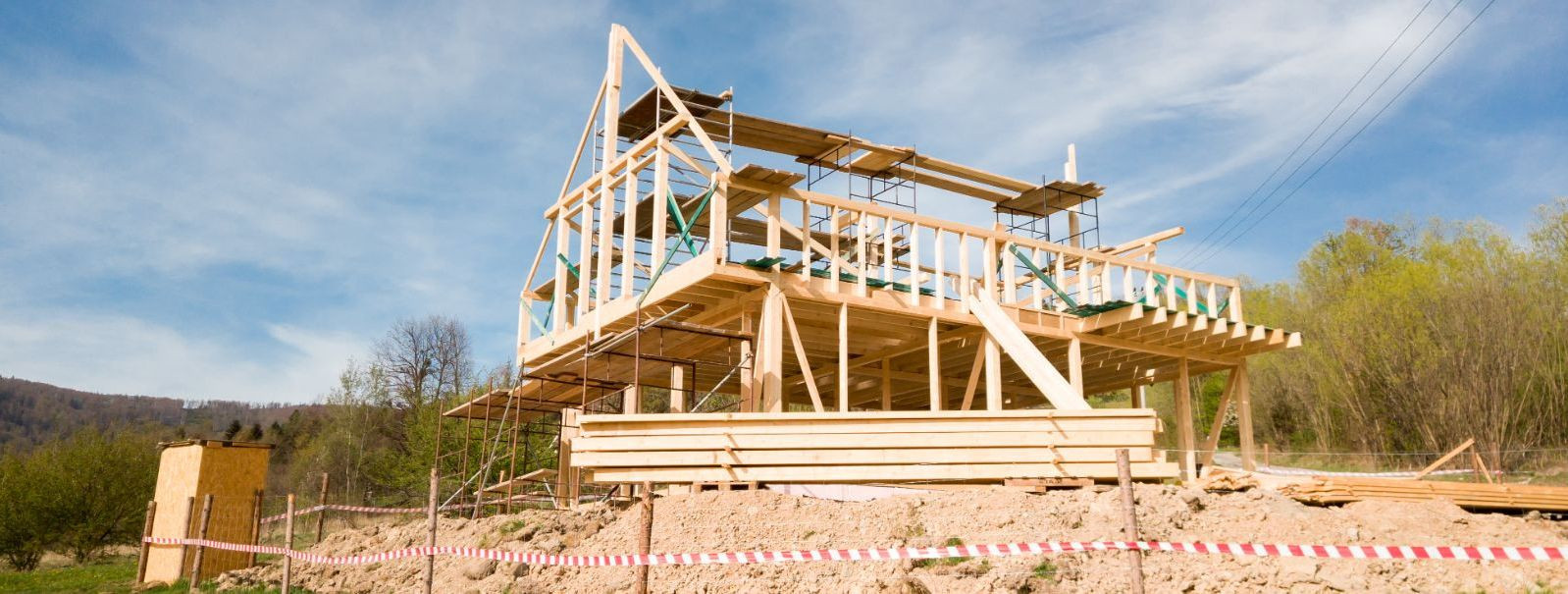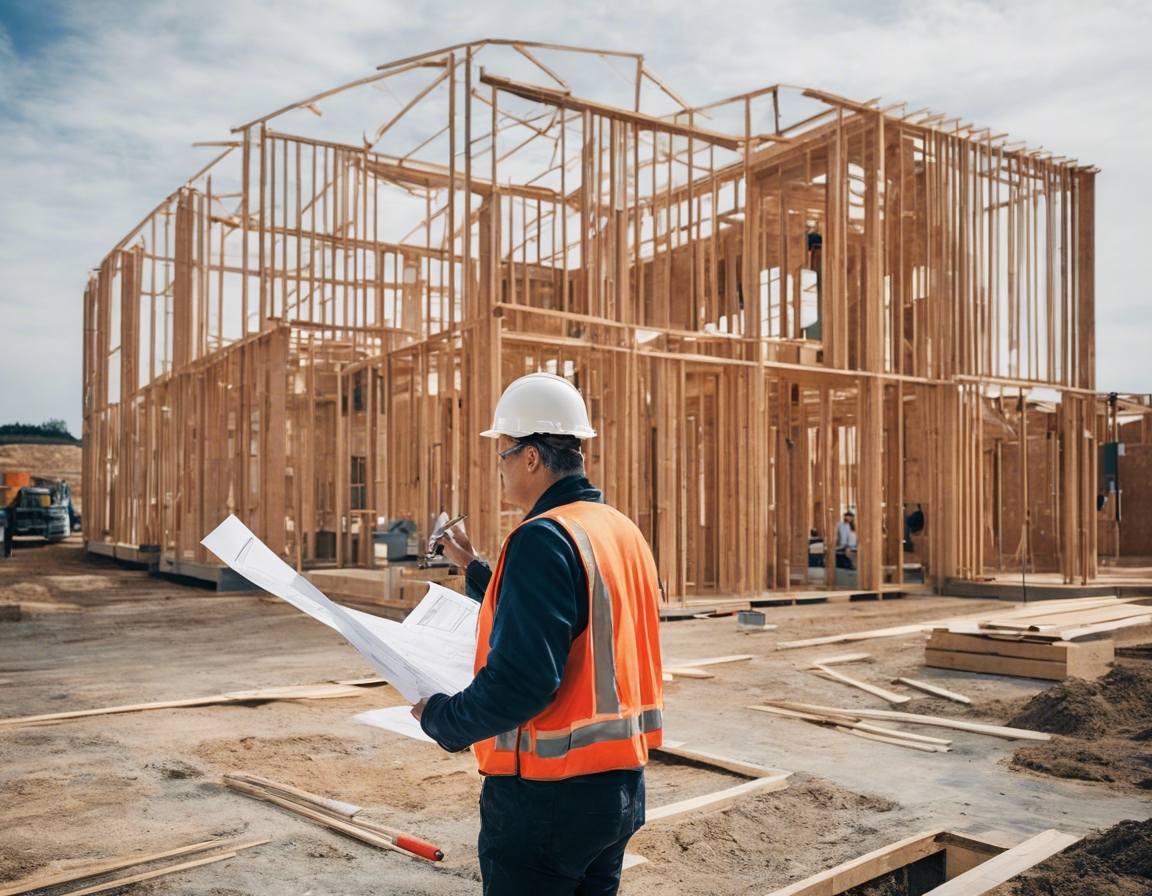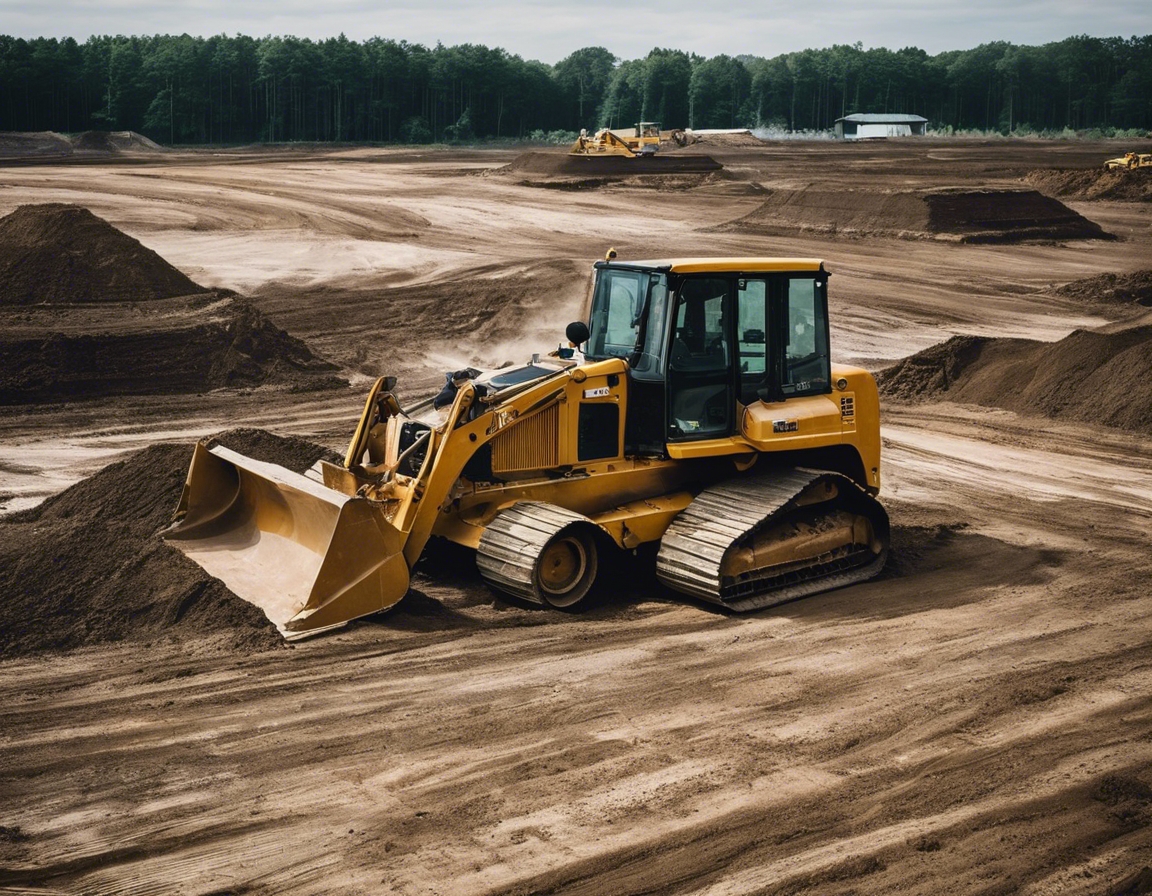5 trends shaping the future of residential construction
The landscape of residential construction is evolving rapidly, influenced by technological advancements, environmental concerns, and changing lifestyles. As we look to the future, several key trends are emerging that promise to reshape the way homes are designed, built, and inhabited. In this post, we'll explore five significant trends that are poised to influence residential construction and offer insights into how they can benefit homeowners, investors, and businesses alike.
1. Sustainable and Green Building Practices
Construction practices are increasingly focusing on the use of sustainable and eco-friendly materials. These materials are not only better for the environment but also offer improved durability and can lead to long-term cost savings. From bamboo flooring to recycled steel, the options for green materials are expanding.
Homes are being designed with energy efficiency in mind, incorporating features like high-performance insulation, energy-efficient appliances, and smart thermostats. Additionally, the integration of renewable energy sources such as solar panels and geothermal systems is becoming more common, reducing the carbon footprint of residential buildings.
Water conservation is another critical aspect of sustainable construction. Low-flow fixtures, rainwater harvesting systems, and drought-resistant landscaping are just a few examples of how new homes can reduce water usage.
2. Smart Home Technology
The rise of smart home technology has brought about a revolution in home automation and control systems. From lighting and temperature control to smart locks and garage doors, homeowners can now manage their living spaces with unprecedented ease and efficiency.
Advancements in security technology are providing homeowners with peace of mind. Modern surveillance cameras, alarm systems, and smart doorbells with video capabilities are becoming standard features in new homes.
Smart technology is also being used to enhance health and wellness within the home. Air and water purification systems, circadian lighting, and fitness equipment that syncs with wearable technology are examples of how homes are becoming more health-focused.
3. Design for Flexibility and Multifunctional Spaces
The demand for flexible living spaces is on the rise. Adaptable floor plans that can change to meet the evolving needs of families, such as open-plan designs that can be easily sectioned off, are becoming increasingly popular.
Indoor-outdoor living spaces that blend the comfort of the indoors with the beauty of the outdoors are a growing trend. Large sliding or folding doors, covered patios, and outdoor kitchens are just a few features that facilitate this seamless transition.
ADUs, also known as granny flats or in-law suites, are small, self-contained units on the same property as a main residence. They offer a flexible solution for guest accommodations, home offices, or rental income, and are becoming a sought-after feature in residential construction.
4. Advanced Building Techniques and Materials
3D printing technology is beginning to make its mark on the construction industry, allowing for the creation of complex architectural features and even entire structures with reduced waste and increased speed.
Modular and prefabricated construction methods are gaining traction as they offer reduced build times, lower costs, and less waste. These methods also allow for greater precision and quality control since components are manufactured in controlled environments.
High-performance building materials that offer superior strength, efficiency, and longevity are becoming more prevalent. These materials, such as advanced insulating foams and high-tech glass, contribute to the overall sustainability and performance of new homes.
5. Focus on Community and Connectivity
There is a growing desire for residential areas that promote walkability and easy access to amenities. Developments that incorporate mixed-use spaces, pedestrian paths, and community gardens are responding to this demand.
Technology is also playing a role in fostering community engagement within residential areas. Apps and platforms that facilitate communication between neighbors, share local events, and manage community resources are enhancing the sense of connectivity in neighborhoods.
As cities become more congested, the importance of transportation and accessibility in residential construction is being highlighted. Developments that provide proximity to public transit, electric vehicle charging stations, and bike-friendly infrastructure are becoming more attractive to homebuyers.






Comments (0)